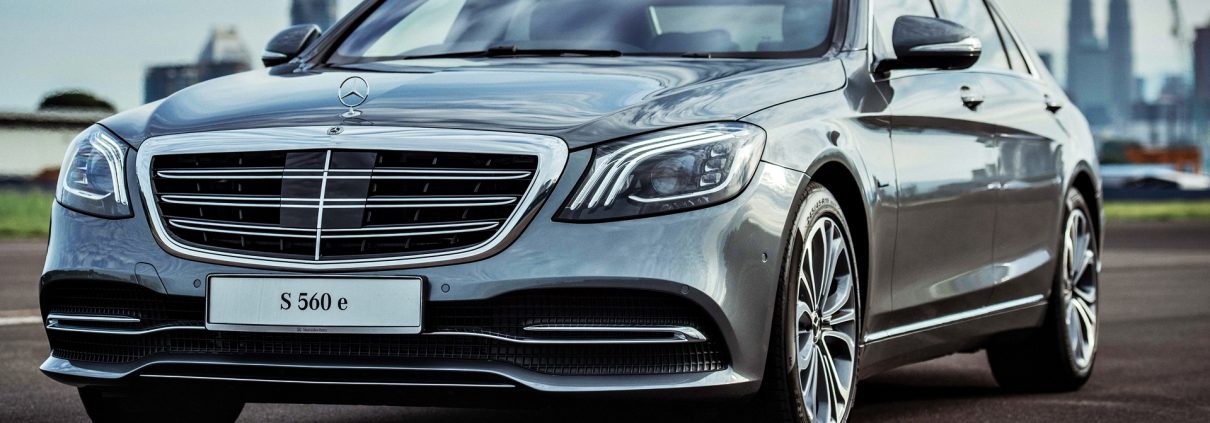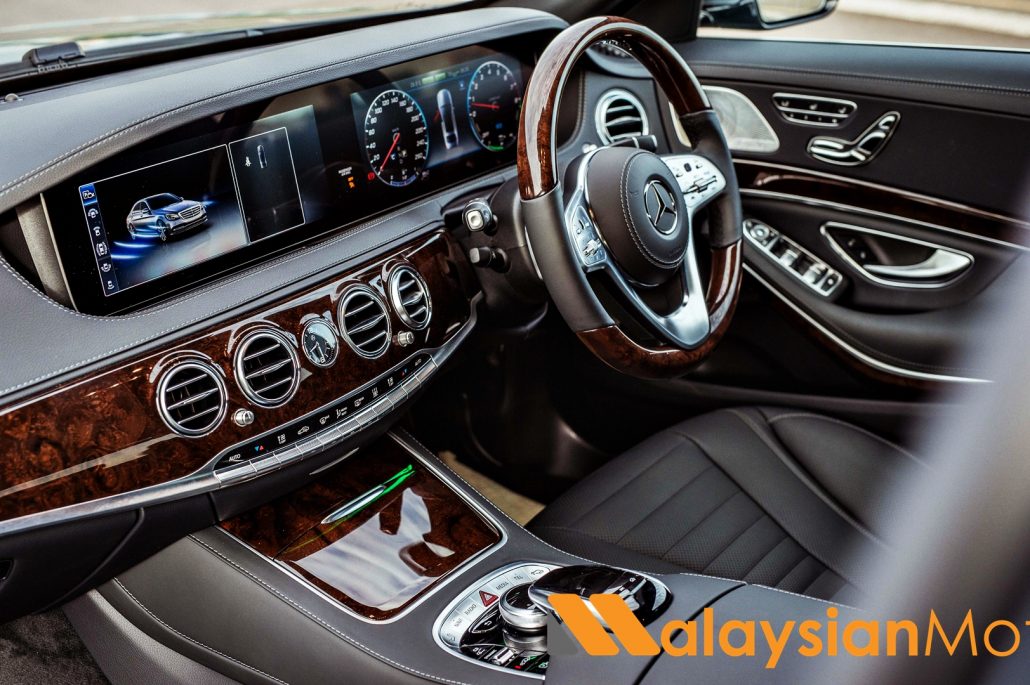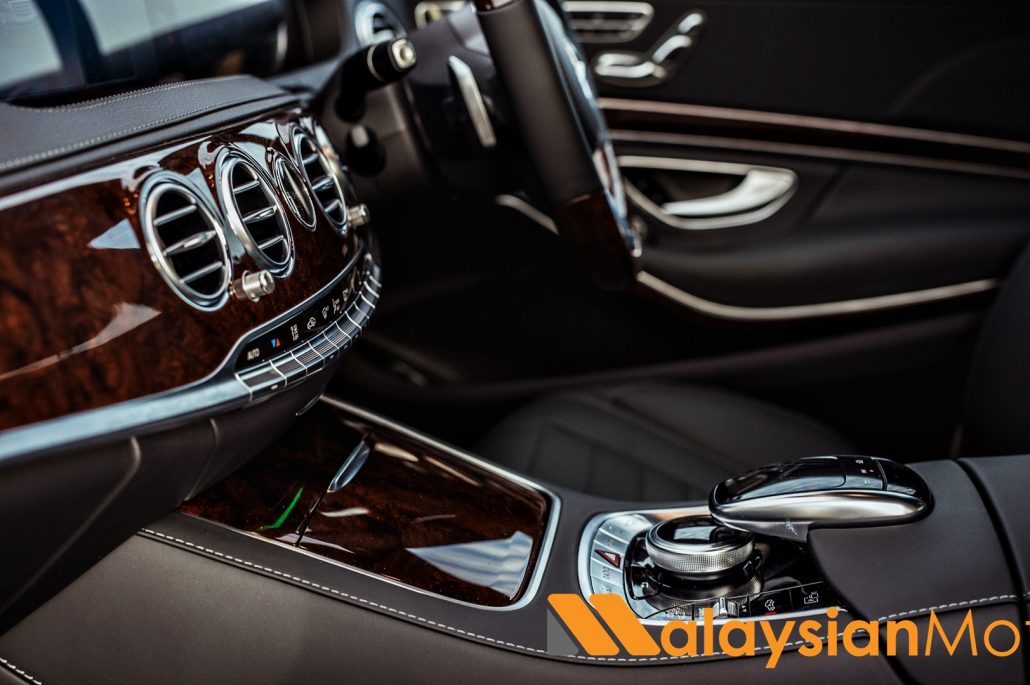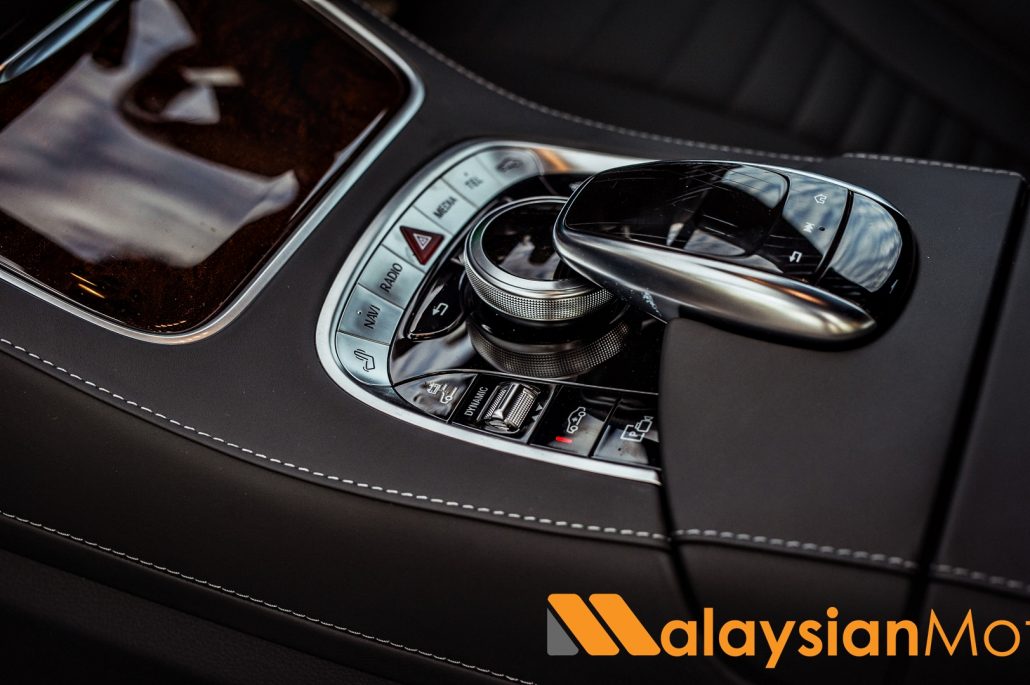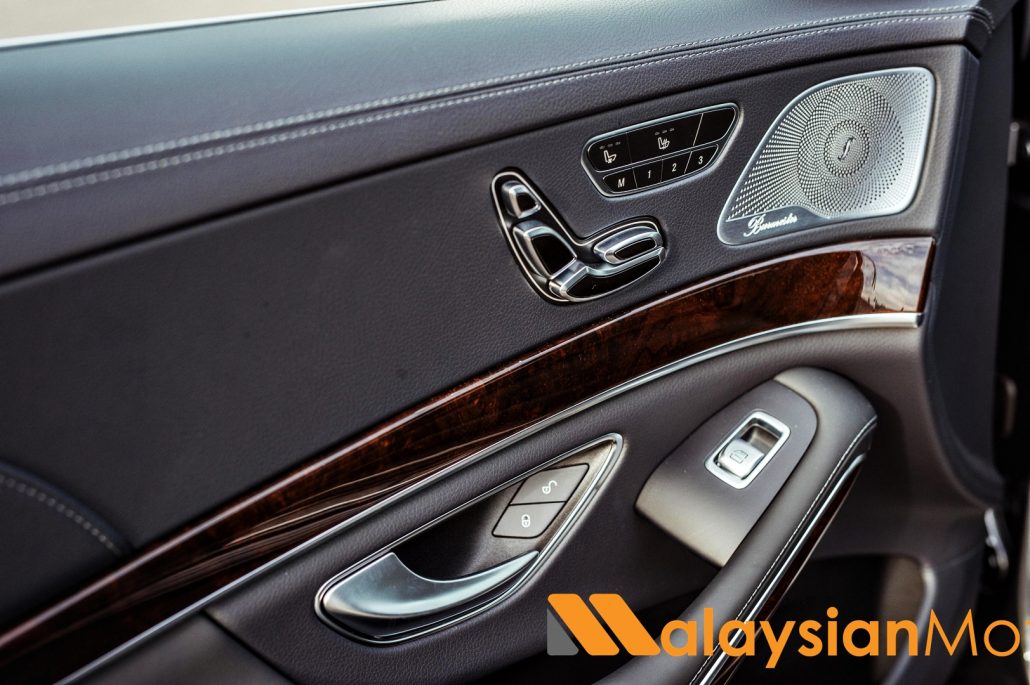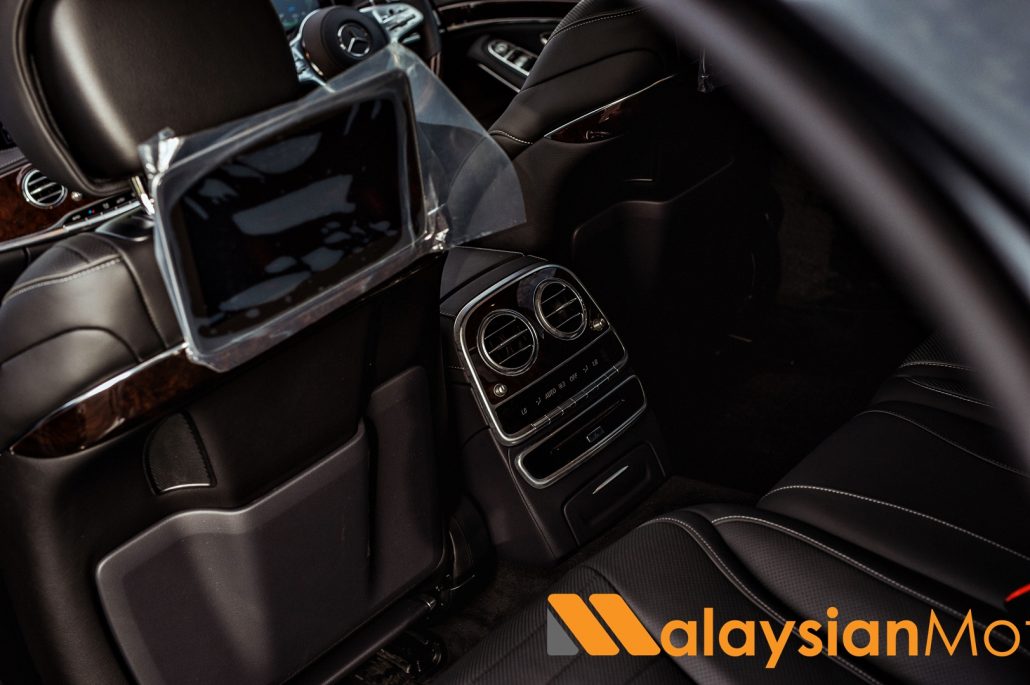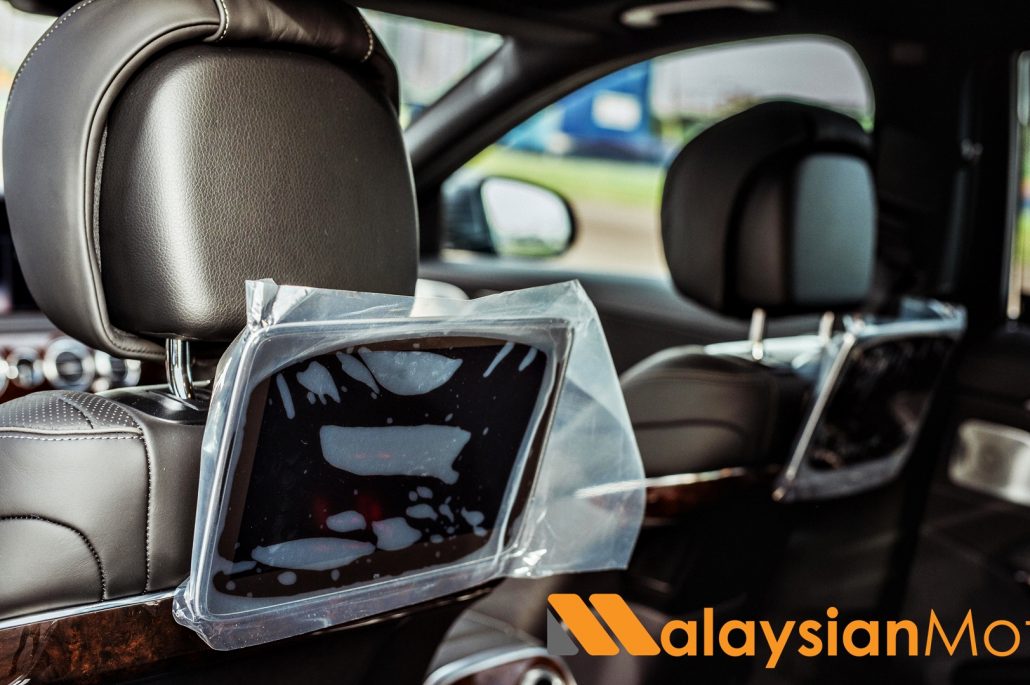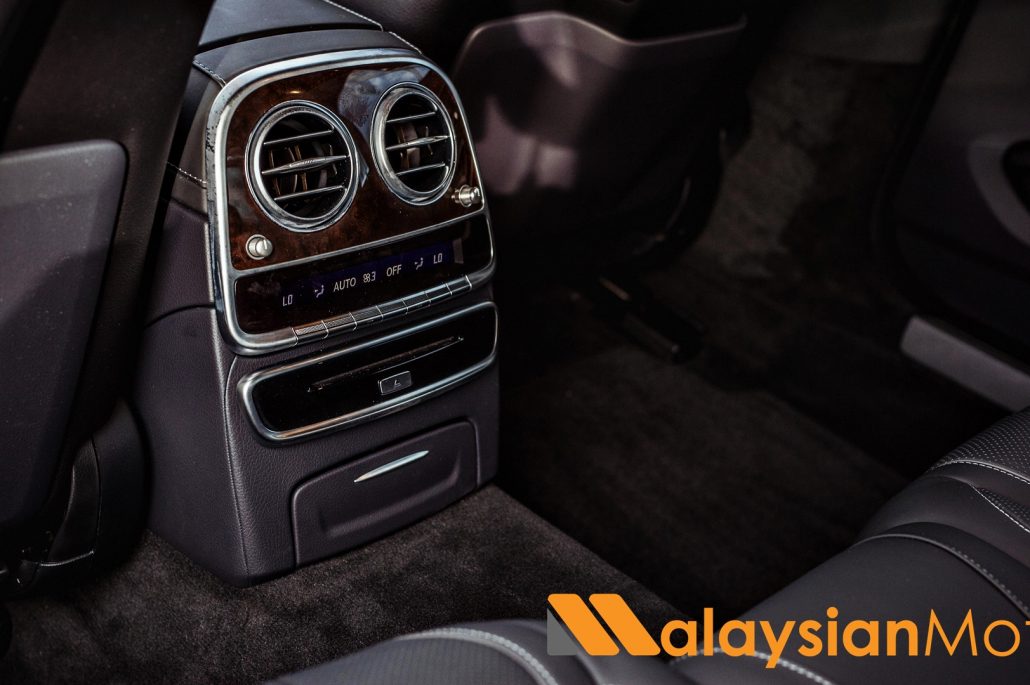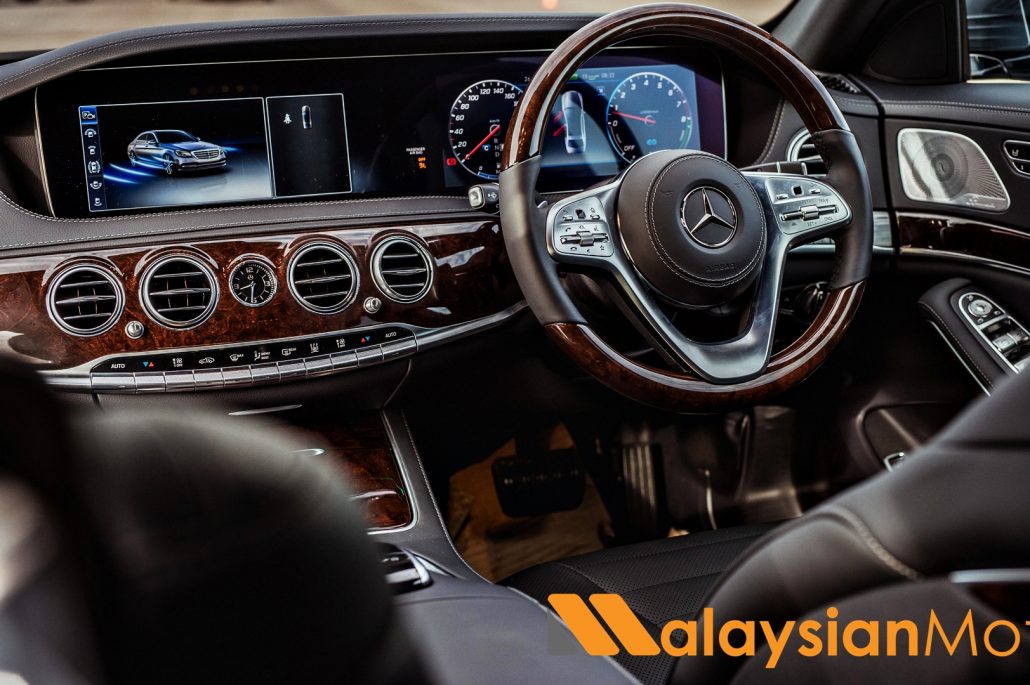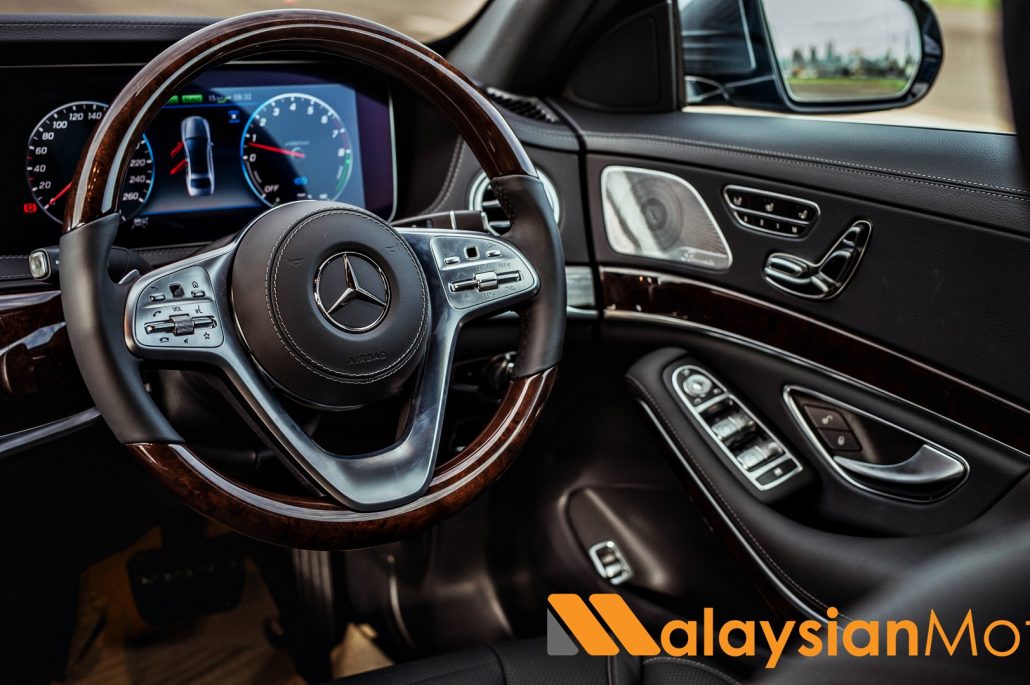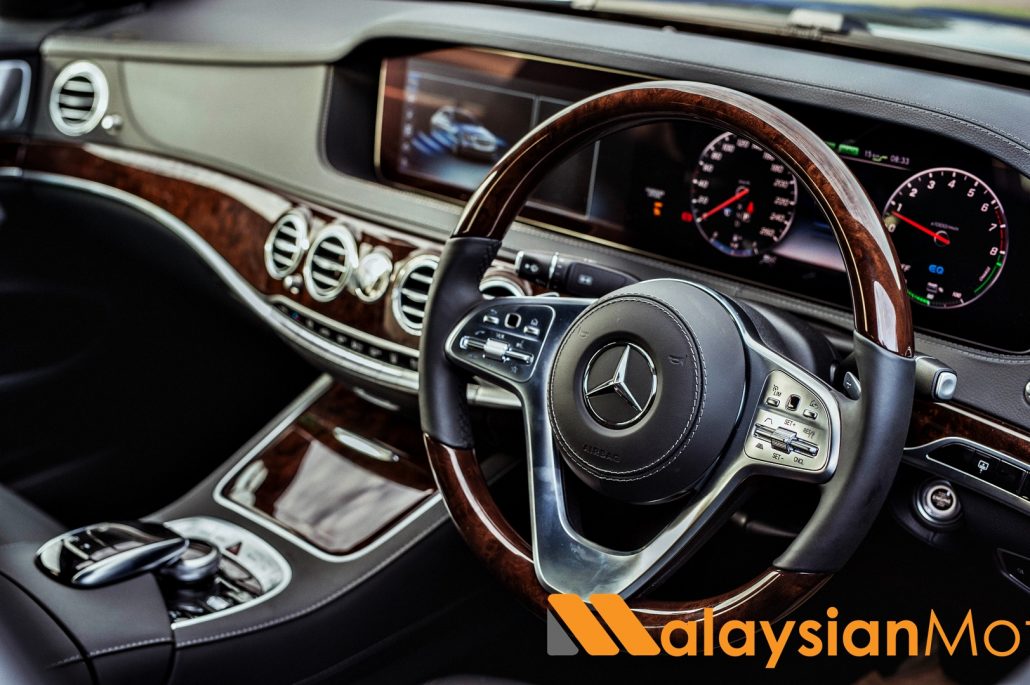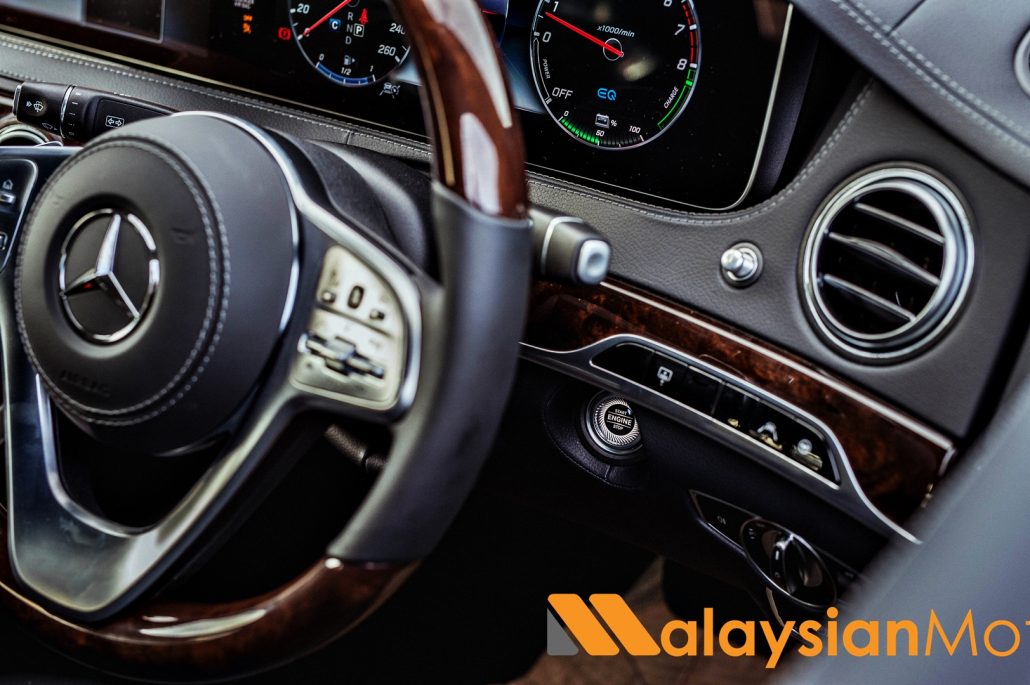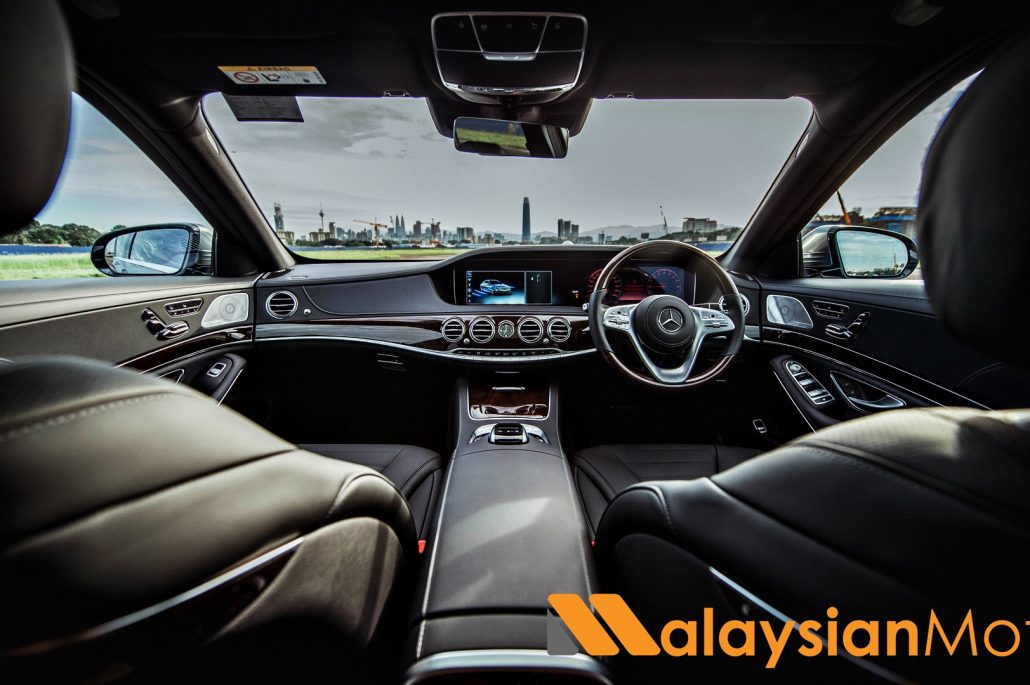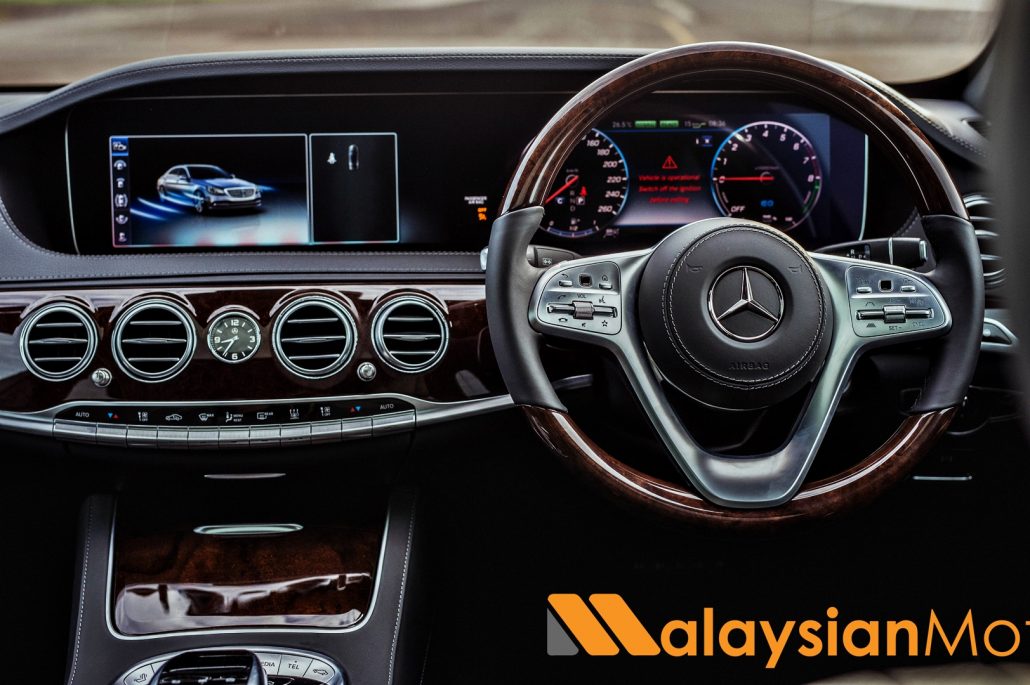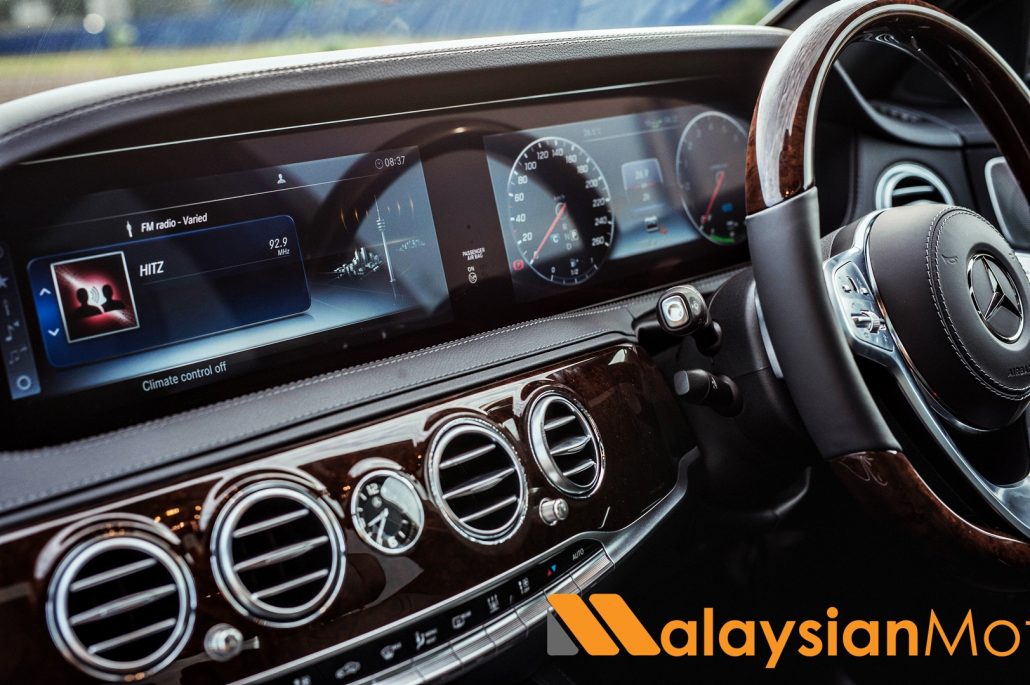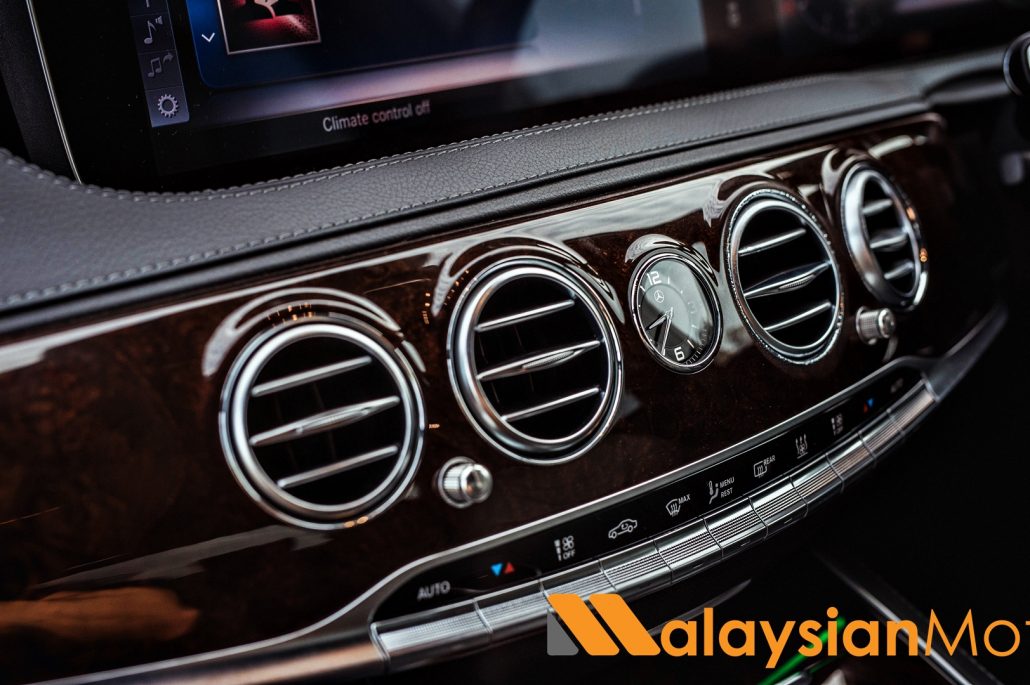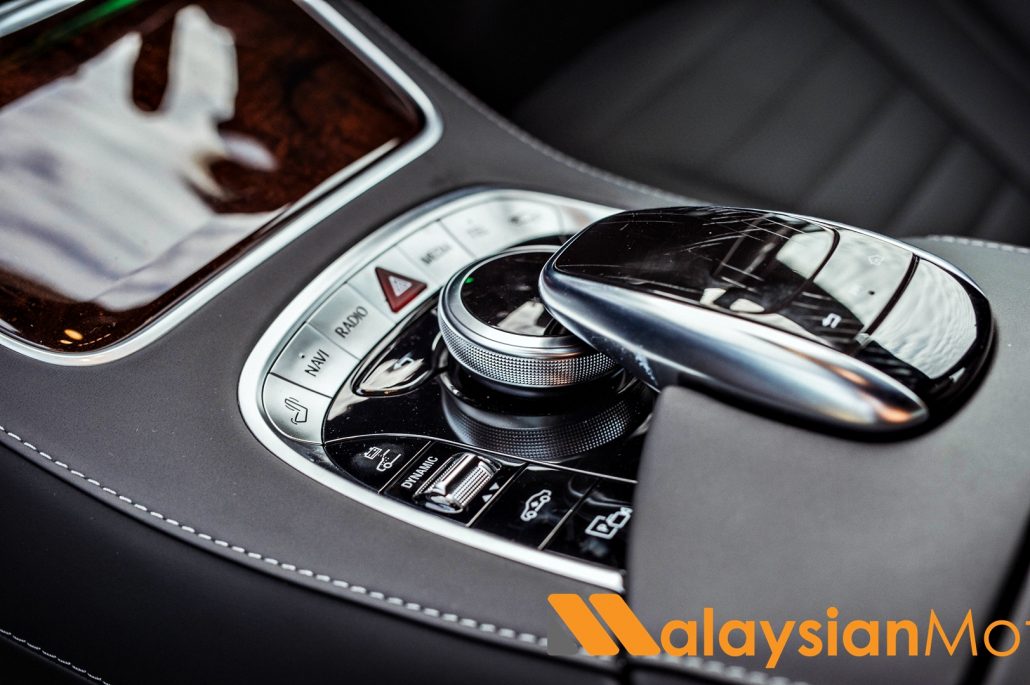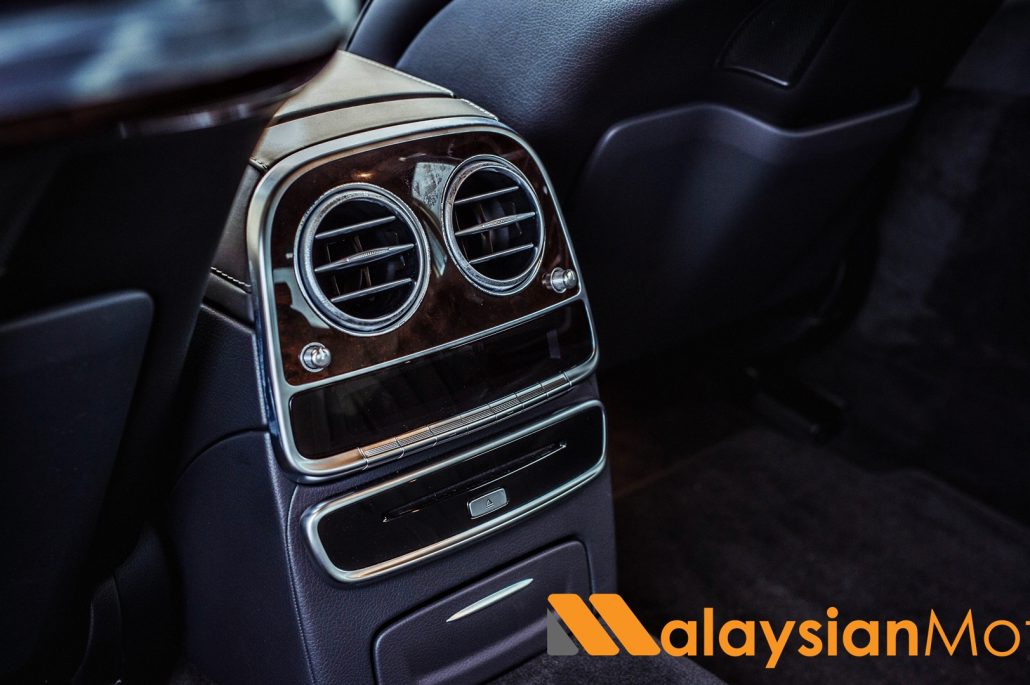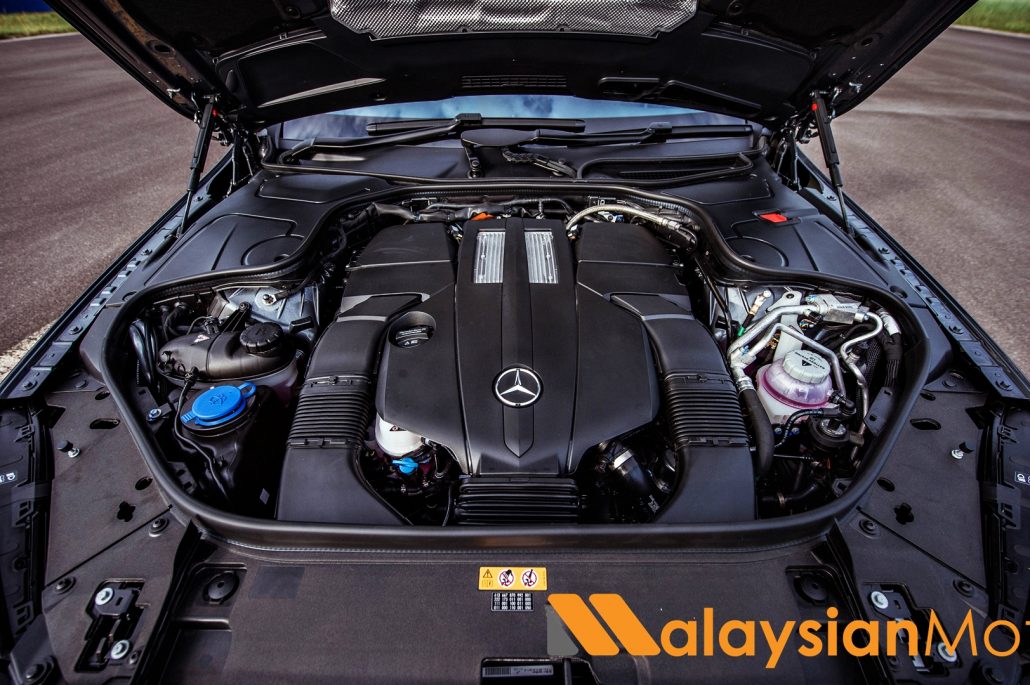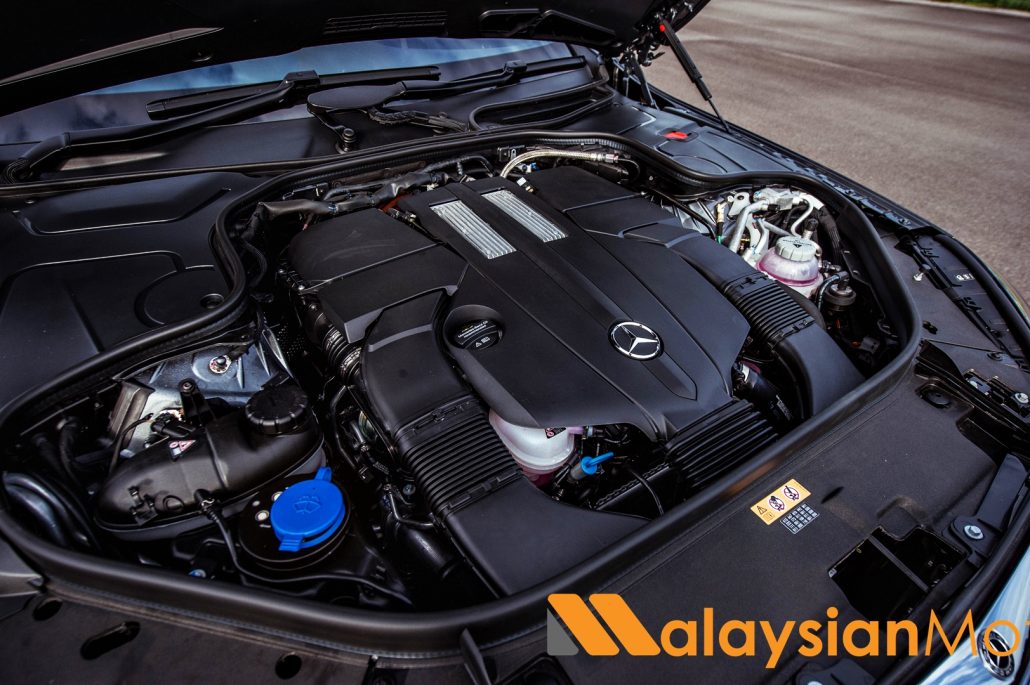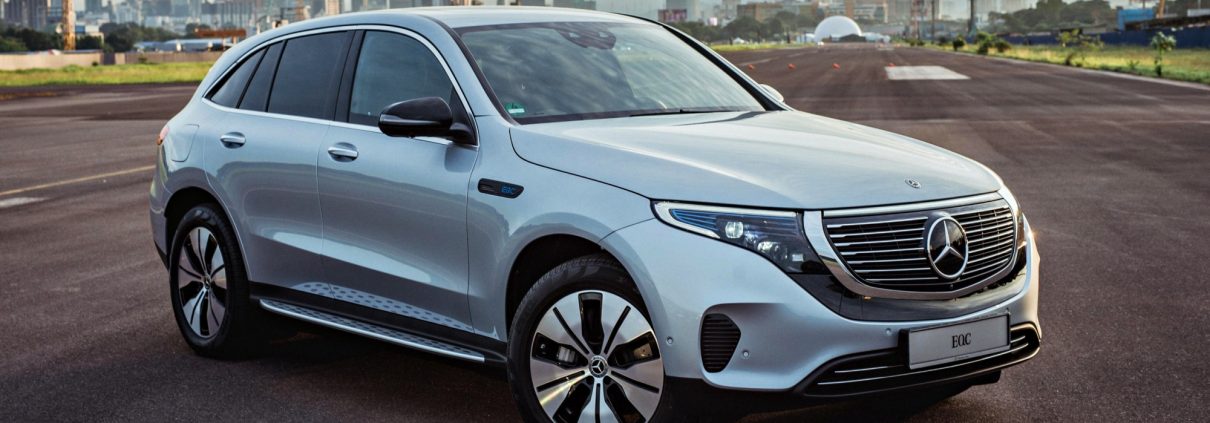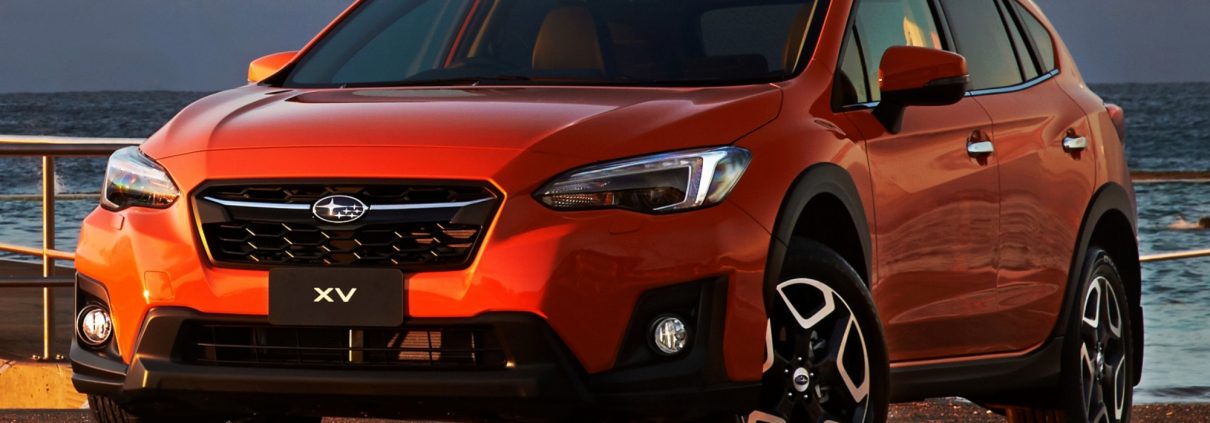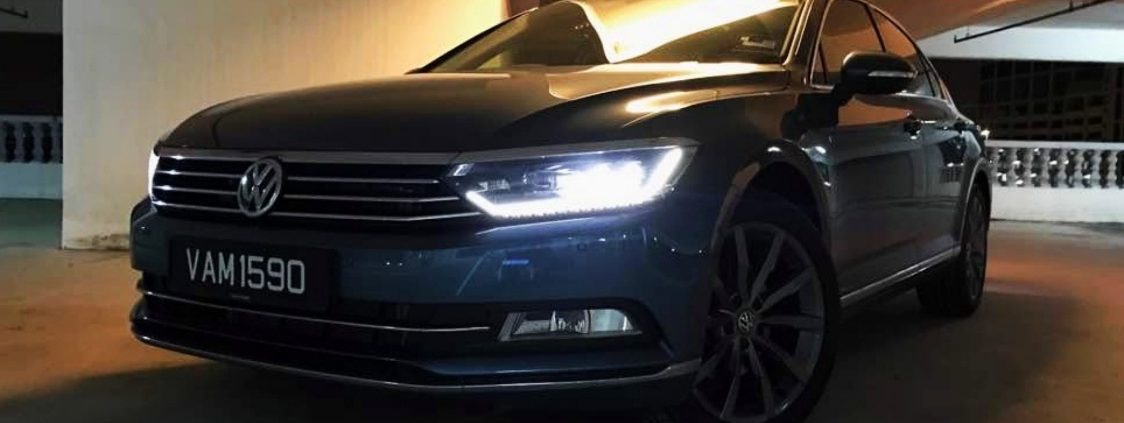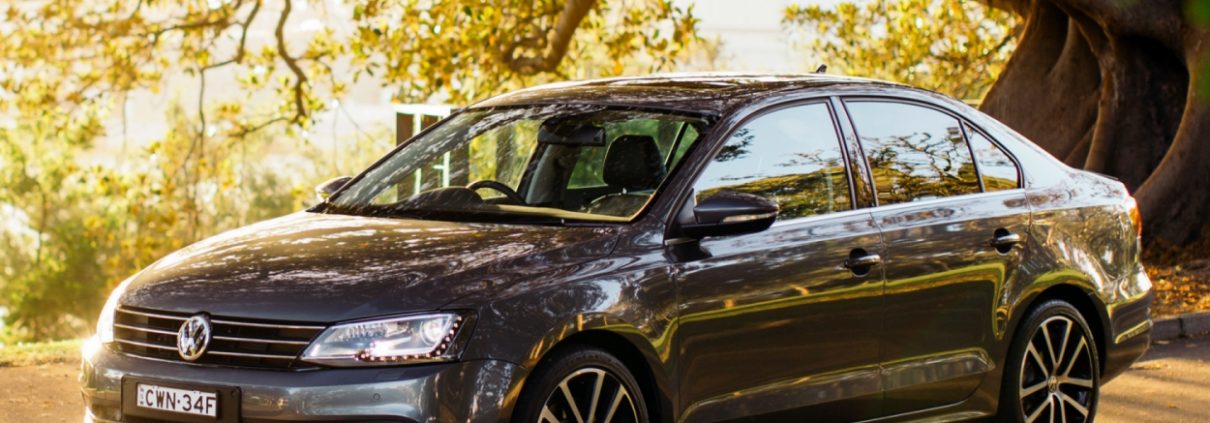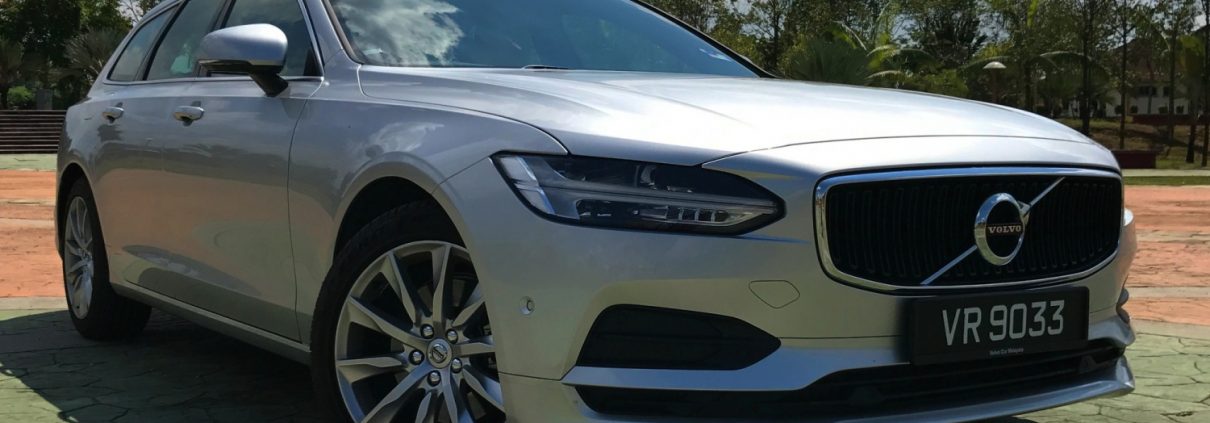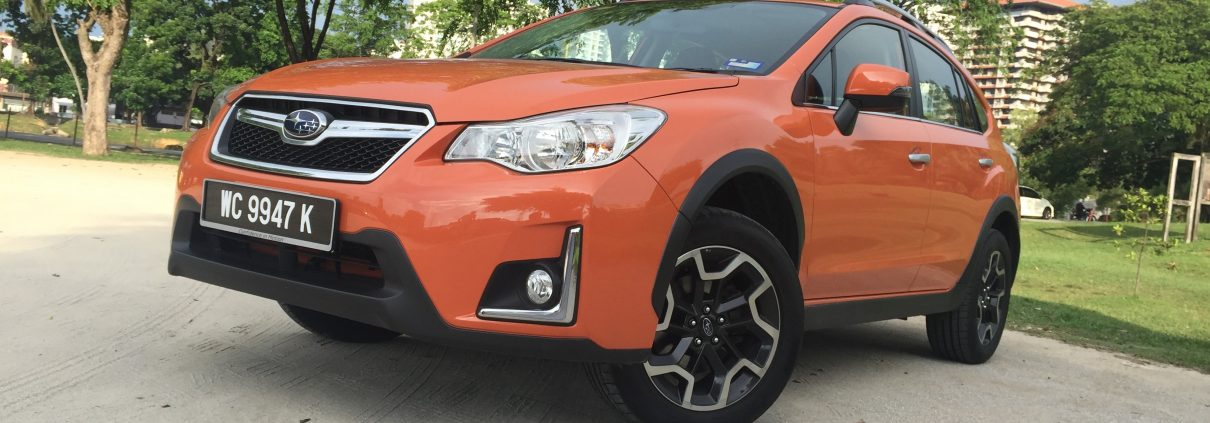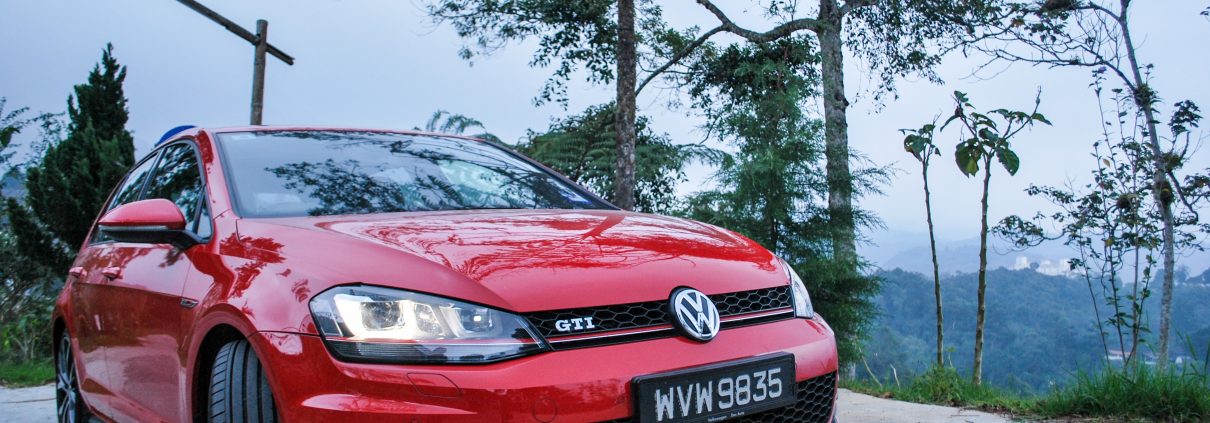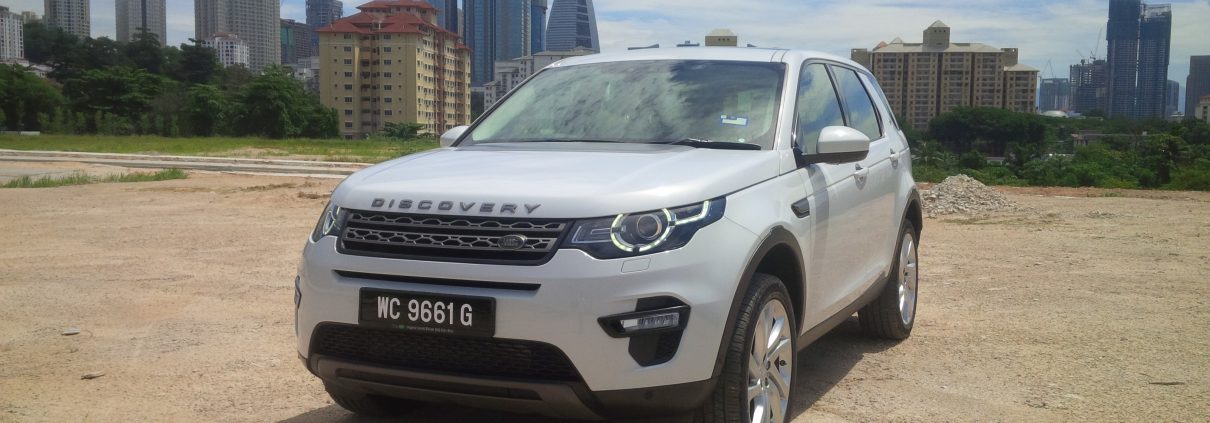PREVIEWED: ’19 Mercedes-Benz S560e – Limo Reloaded
Superlative. Unsurpassed. Unrivaled.
These are the sort of words that you will find peppered throughout any sort of editorial about the Mercedes-Benz S-Class. The Sonderklasse was for a long time truly in a class of its own, a thoroughly modern luxury limousine that always paved the way for others to follow. And even when it stumbled (cough W220 cough cough) it still comfortably surpassed its rivals in sales, and when they weren’t busting an Airmatic bag or leaking water through the bulkhead, they were wonderful things.
But while the S-Class always maintained a lead over the competition, the rivals have been gaining, and fast. The S-Class now has to justify itself against more premium marques like Bentley with their Flying Spur, as well as traditional competition like the BMW 7-Series and Audi A8. With those cars getting smarter, sharper, and more innovative with every iteration, it raises the question of just how long the S-Class will be able to maintain its lead. After all, even an ending has a beginning.
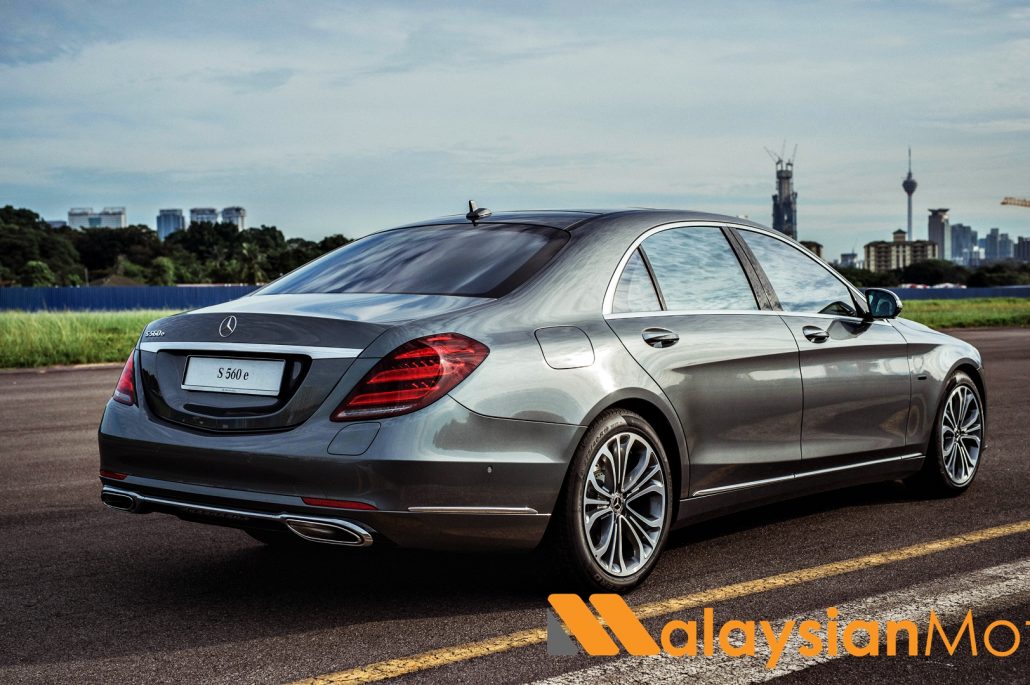
In a move that’ll most certainly cement its appeal on the local market, Mercedes-Benz Malaysia recently launched the new S560e plug-in hybrid limousine, the first plug-in hybrid S-Class ever to be launched in Malaysia. With an asking price of RM668,888 the S560e is the most affordable S-Class in the range today, both in terms of purchase and expenses, given that the PHEV can do some 50km on a single full charge. It’s no slouch either, with a combined output of 475hp, courtesy of the marriage between 3.0-litre V6 and electric motor.
I am certain that at this point there are some of you already asking about how much practicality has been compromised in turning the S560 into a proper EQ model. The answer of which is… not much more than the preceding S400h, actually. The batteries themselves take up no more room, but are now denser and more energy-efficient than before. The result is a boot that, over the non-hybrid S560, might not be able to squeeze in quite so many golf-bags but honestly, you’ll be more than happy with what it’s got.
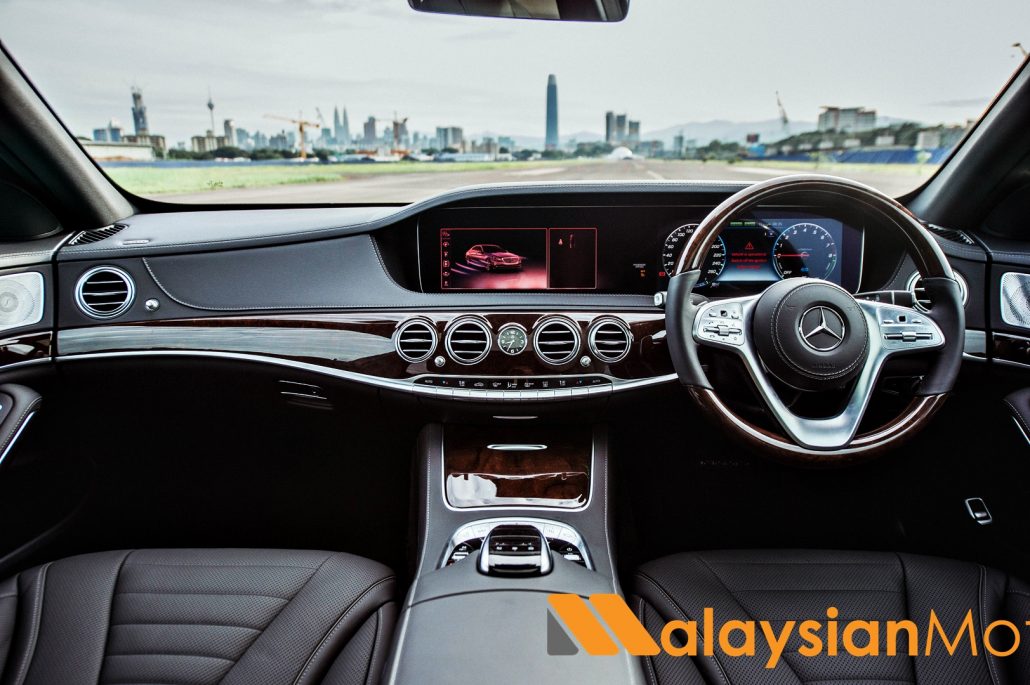
What will also leave you happy is the generous spec-list. So the S560e comes loaded with everything from intelligent-beam LED headlights, autonomous-emergency braking, PRE-SAFE pre-collision preparation system, 360-degree cameras, soft-close doors, privacy blinds… you name it, it probably has it. It’s an S-Class after all, and you never forget it. What we appreciate with this facelift is the replacement of the steering wheel – the new unit now has a three-spoke design that looks far more natural, and less comical from the ‘clown-smile’ look of the outgoing car.
What has also changed as part of the facelift is the driving experience. The S400h that was the talk of the town when it came out was a bog-standard hybrid, with a small battery and electric motor assisting an otherwise-relaxed engine to take the edge off. With the S560e things are very different – this is a car that’s been designed to run fully-electric when possible, and it shows. The car takes off silently, gliding along with no emissions, and will continue to do so until the battery is exhausted, or when you’re at high cruising speeds where the petrol engine is more efficient.
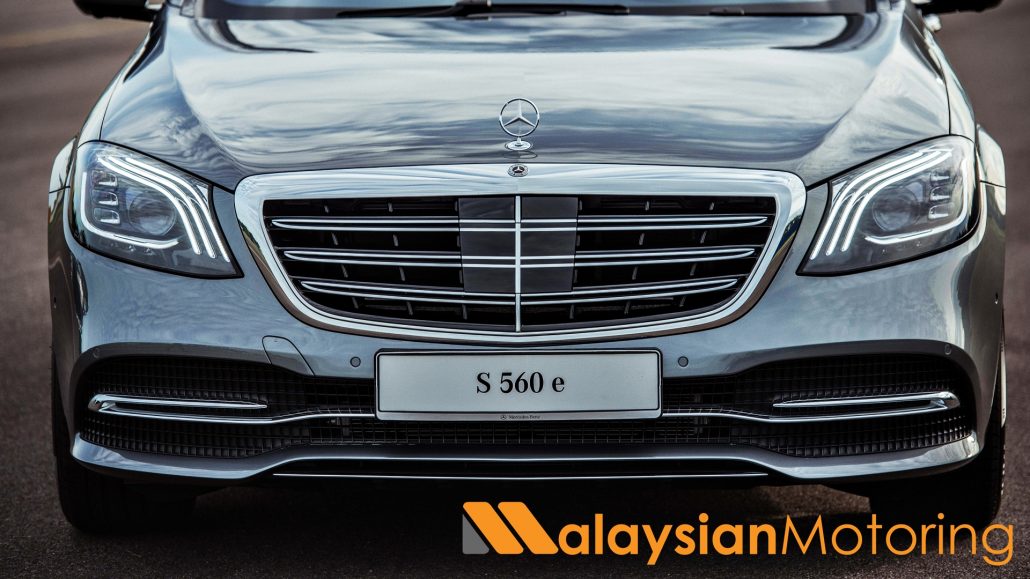
The handover between the two is seamless, with the V6 engine just gently humming into life (yes I said ‘hum,’ because it would be uncouth for an S-Class to ‘roar’). And thanks to the intelligent EQ system, the S560e will identify portions of your journey where combustion power might not be needed (like when you’re northbound after the Menora Tunnel, for example) and allow the big V6 to take a break, pushing you along silently in all-electric mode while also recuperating power when coasting.
You get the sensation inside that you’re piloting something far smarter than you are but, unlike in some other cars, it’s not a sensation that feels alien. No, the S-Class offers a degree of confidence that the car really has it all handled, and all you have to do is soak up the miles from the driver’s seat and let the car do all the heavy lifting. Never has PHEV driving been so serene.
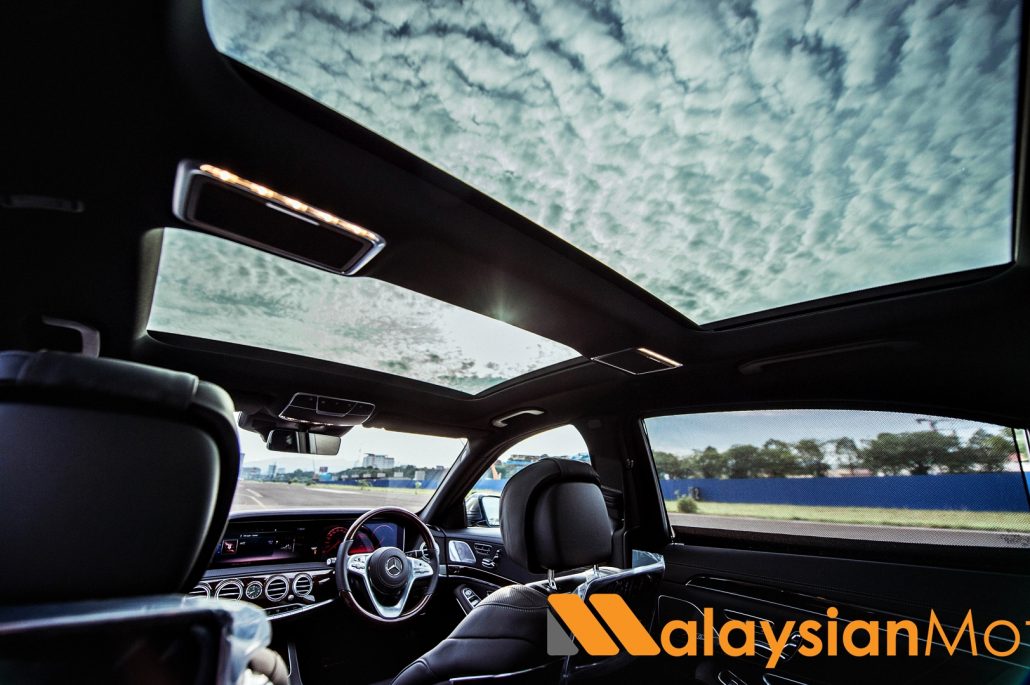
In my short run with the car at the Sg. Besi airport I didn’t have a chance to sit in the back of the big S-Class, so I will report back once I have. But I have little doubt in my mind that you’ll lose nothing by sitting back there – if anything, the removal of the act of driving may make the S-Class experience that much more enjoyable, given that you’ll be able to explore the big limo’s technology with greater depth via the two seat-mounted screens, which you can take in while reclining on the two electrically-operated rear seats.
After spending a good 20-minutes behind the wheel and pressed for an opinion, I can confidently say this – there’s a reason why Mercedes still thinks this car is in a class of its own. Yes the Audi A8 is very smart now and yes, the BMW 7-Series is now more comfortable than before. But honest to goodness, both of those cars are still reaching for the S-Class’ level of sophistication and elegance of execution. The gap may be smaller now than ever before, but it still exists.
The S-Class. What more can I say?


